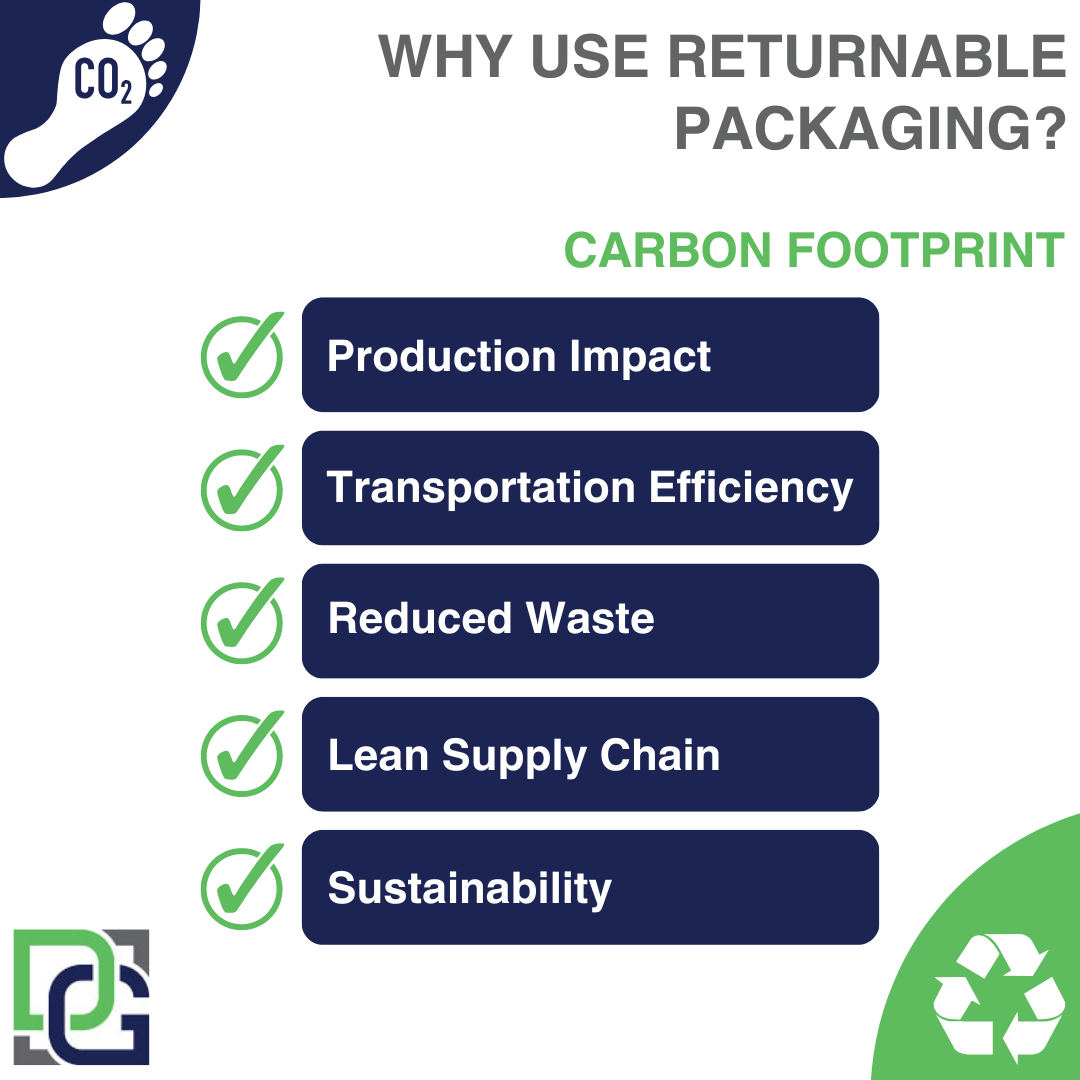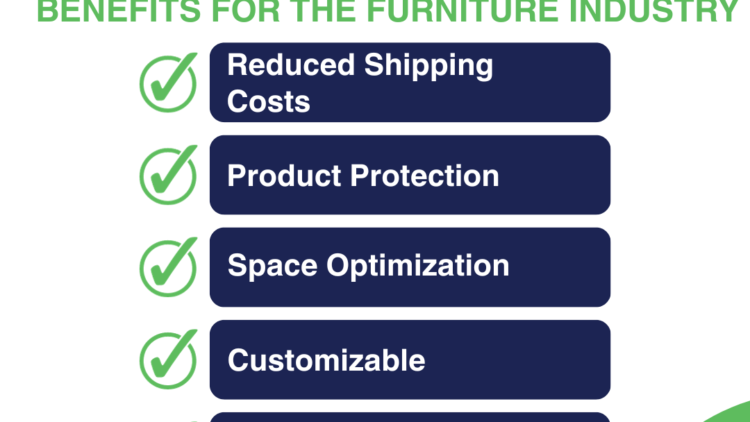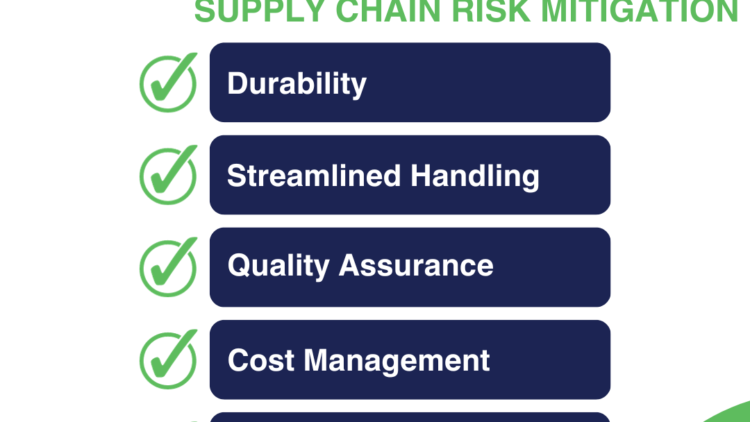Introduction
The urgent need for sustainable practices is reshaping industries worldwide. Among the innovative solutions emerging, returnable packaging stands out as a champion in the quest for environmental responsibility. Beyond its logistical advantages, returnable packaging plays a vital role in reducing the carbon footprint of businesses. In this blog post, we delve into how returnable packaging takes center stage in the fight against climate change, revolutionizing the way goods are transported and packaged.
Minimized Production Impact
Returnable packaging’s impact on carbon footprint begins at its inception. Unlike single-use packaging, which requires continuous production and disposal, returnable packaging is designed to last through multiple cycles. The reduced need for new packaging materials translates to fewer emissions generated during manufacturing, contributing to a lower carbon footprint.
Streamlined Transportation
Returnable packaging optimizes transportation efficiency. These containers are designed for maximum space utilization, reducing the number of trips required to transport goods. Fewer trips mean less fuel consumption, fewer emissions, and a greener transportation network. For true maximum space utilization, check out our RZR Rack.
Reduced Packaging Waste
The circular economy concept of returnable packaging ensures that packaging materials are kept in use for as long as possible. This drastically reduces the amount of waste generated compared to single-use alternatives. Less waste means fewer materials ending up in landfills or incinerators, contributing to a significant reduction in carbon emissions.
Leaner Supply Chains
Returnable packaging encourages businesses to adopt leaner supply chain practices. The need for timely return and reuse of containers fosters collaboration and more efficient logistics. This optimization results in shorter transportation routes, reduced waiting times, and less idling, all of which contribute to lower carbon emissions.
Aligning with Sustainable Goals
Returnable packaging aligns seamlessly with businesses’ sustainability goals. As companies increasingly commit to reducing their carbon footprint, adopting returnable packaging becomes a strategic move toward aligning with environmental initiatives. This alignment enhances brand reputation and demonstrates a commitment to a greener future.
Conclusion
Returnable packaging doesn’t just optimize logistical processes; it transforms industries by mitigating their carbon footprint. Through minimized production impact, streamlined transportation, reduced packaging waste, leaner supply chains, and alignment with sustainable goals, returnable packaging paves the way for a more environmentally conscious approach to business.
As the world rallies against climate change, the adoption of returnable packaging becomes a beacon of hope, signifying a future where businesses thrive in harmony with the planet. Let’s celebrate returnable packaging’s pivotal role in reducing carbon emissions and embrace a more sustainable path forward.





